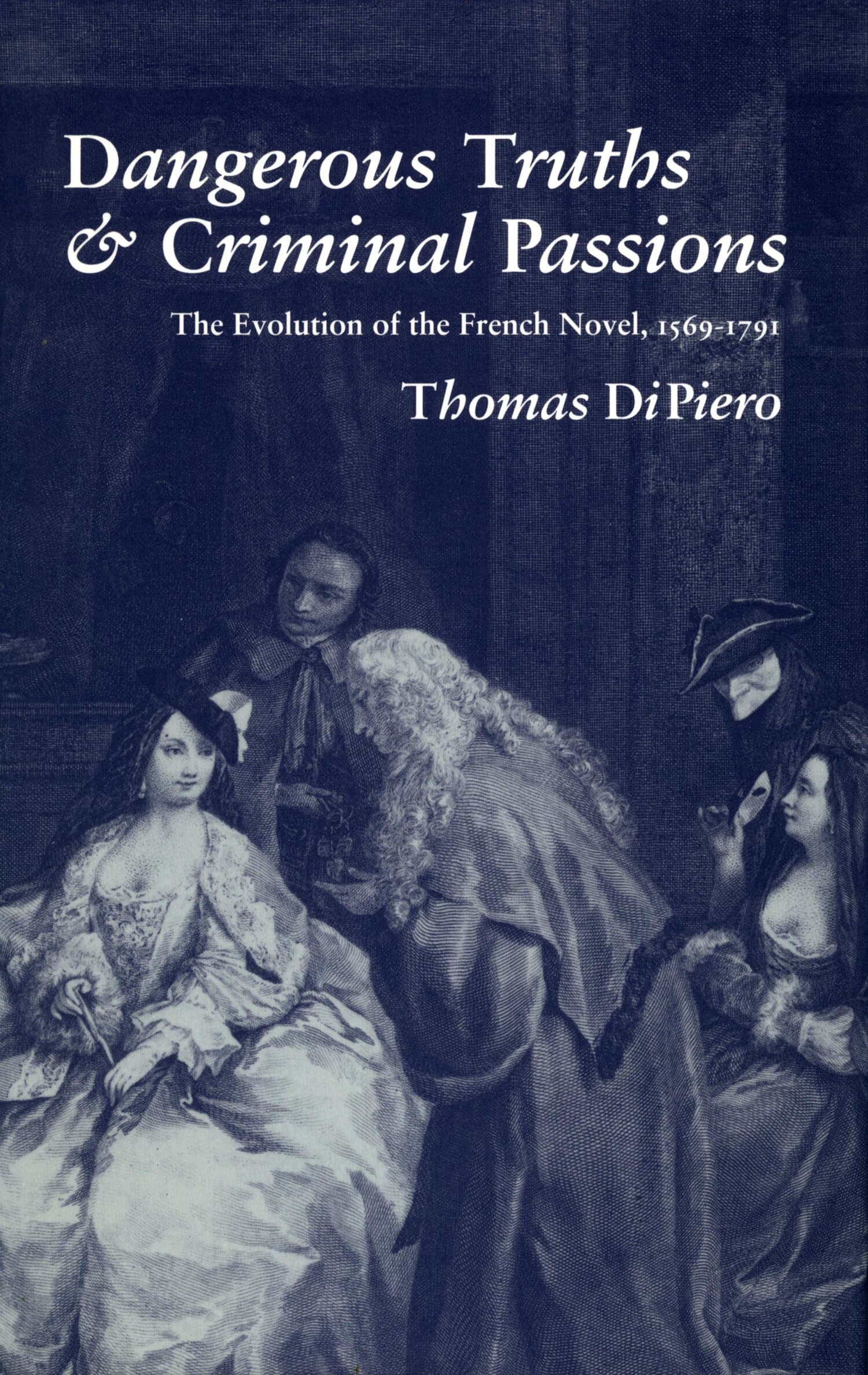The Novel and the Obscene

We have tended to think of American literary modernism as participating in the culture's general rejection of prudery, and how else are we to read modernists' forthright representations of sexual characters? The Novel and the Obscene challenges our vision of the era as sexually progressive by identifying a resonant silence at the heart of the modernist American novel. In spite of novelists' efforts to represent sexuality explicitly, this silence ("negative narration") reproduces censorship, rendering it symbolic at the moment of its legal demise. The Novel and the Obscene differs from current scholarship in law and literature, which positions law as the historical key that will unlock the ambiguous literary text. In examining the relation between obscene novels and sexual identity, The Novel and the Obscene instead illuminates the roles of both the novel and obscenity law in establishing sexual identity in American civic life.
"The Novel and the Obscene combines attention to the specific context of American modernism with deft close readings and attention to the gendered dynamics of reception... Dore's closely-argued and inventive study offers a significant contribution to earlier work on modernism and censorship."—Studies in the Novel
"The Novel and the Obscene delivers powerful, illuminating readings and offers valuable insight into the construction of gender in American modernism."—Novel: A Forum on Fiction




